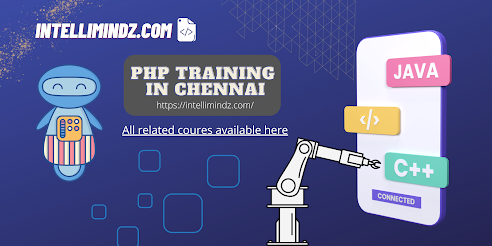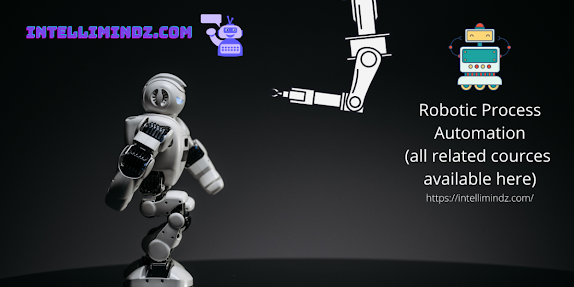How To Build Your First PHP for Android Application
Google’s open source Android mobile operating system is taking the smartphone market by storm. Unlike Apple, which has stringent guidelines and requirements for developers who want to offer their applications on the iPhone App Store, Google has left the Android platform wide open. You can even write Android applications in PHP now. The folks at Irontech have created a PHP port to run on Android, and with the Scripting Layer for Android (SL4A), you can build PHP Android applications.
In this article, I’ll explain how to install, set up and use PHP for Android and SL4A, I’ll present a demo application as an example, and I’ll give a first-hand account of the PHP for Android developer experience.
Installing PHP for Android
To install PHP for Android, you have to have a phone or emulator running Android version 1.5 or higher and you must enable “Unknown Sources” under Application settings. After you have that set, you simply install the SL4A environment and the PHP for Android APK.
Installing the SL4A is straightforward, but after you install the PHP for Android application, you need then click “install” again for it to be fully installed and functioning. If you have trouble with the installation, there’s a handy video demonstration available on Vimeo to walk you through the process.
What is PHP
PHP is an open-source, interpreted, and object-oriented scripting language that can be executed at the server-side. PHP is well suited for web development. Therefore, it is used to develop web applications (an application that executes on the server and generates the dynamic page.).
- PHP was created by Rasmus Lerdorf in 1994 but appeared in the market in 1995. PHP 7.4.0 is the latest version of PHP, which was released on 28 November. Some important points need to be noticed about PHP are as followed:
- PHP stands for Hypertext Preprocessor.
- PHP is an interpreted language, i.e., there is no need for compilation.
- PHP is faster than other scripting languages, for example, ASP and JSP.
- PHP is a server-side scripting language, which is used to manage the dynamic content of the website.
- PHP can be embedded into HTML.
- PHP is an object-oriented language.
- PHP is an open-source scripting language.
- PHP is simple and easy to learn language.
Control:
Different programming languages require long script or code, whereas PHP can do the same work in a few lines of code. It has maximum control over the websites like you can make changes easily whenever you want.
website: CHENNAITRAINING.IN, INTELLIMINDZ.COM
medavakkam, chennai-600100
💬



Comments
Post a Comment